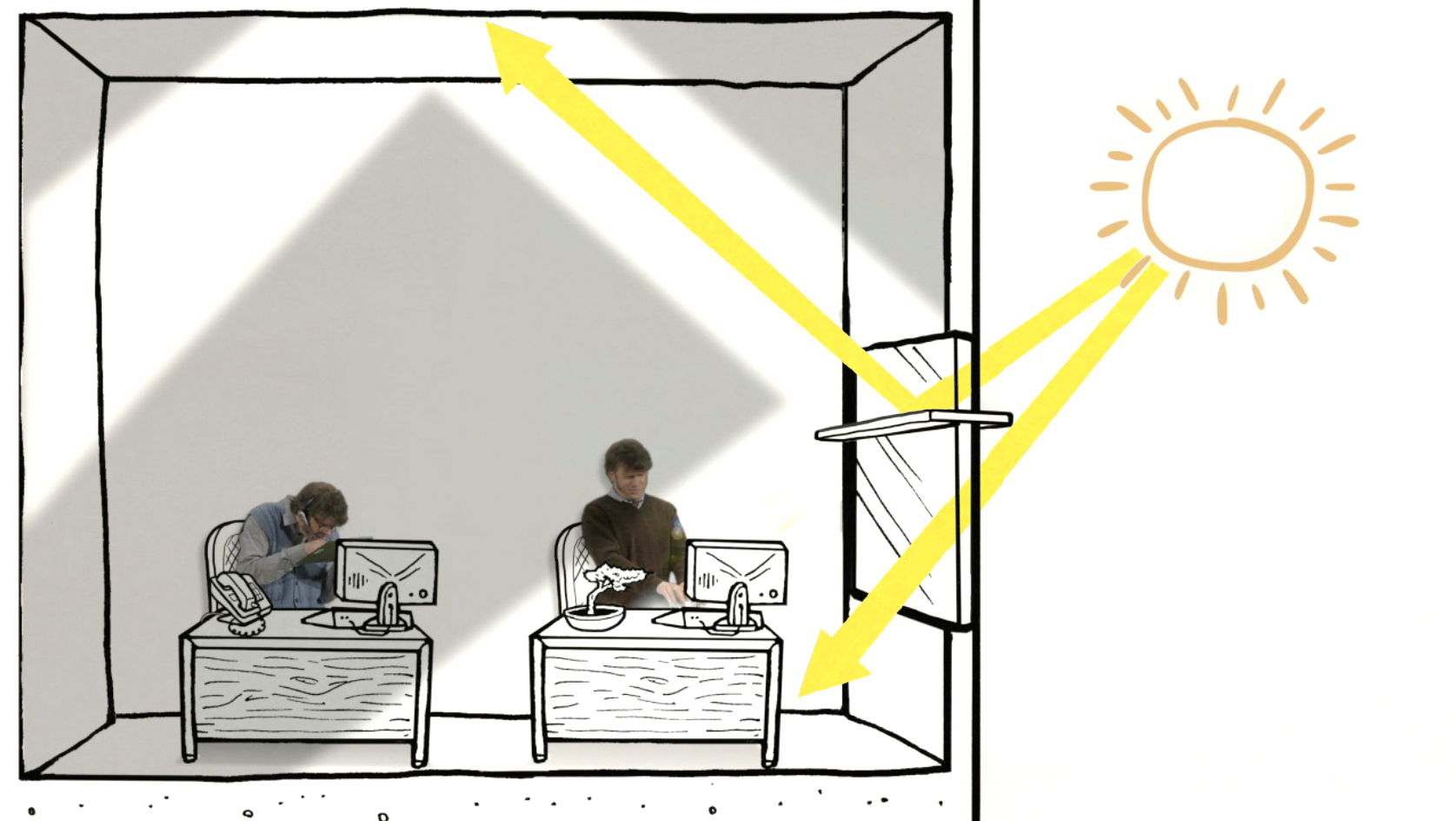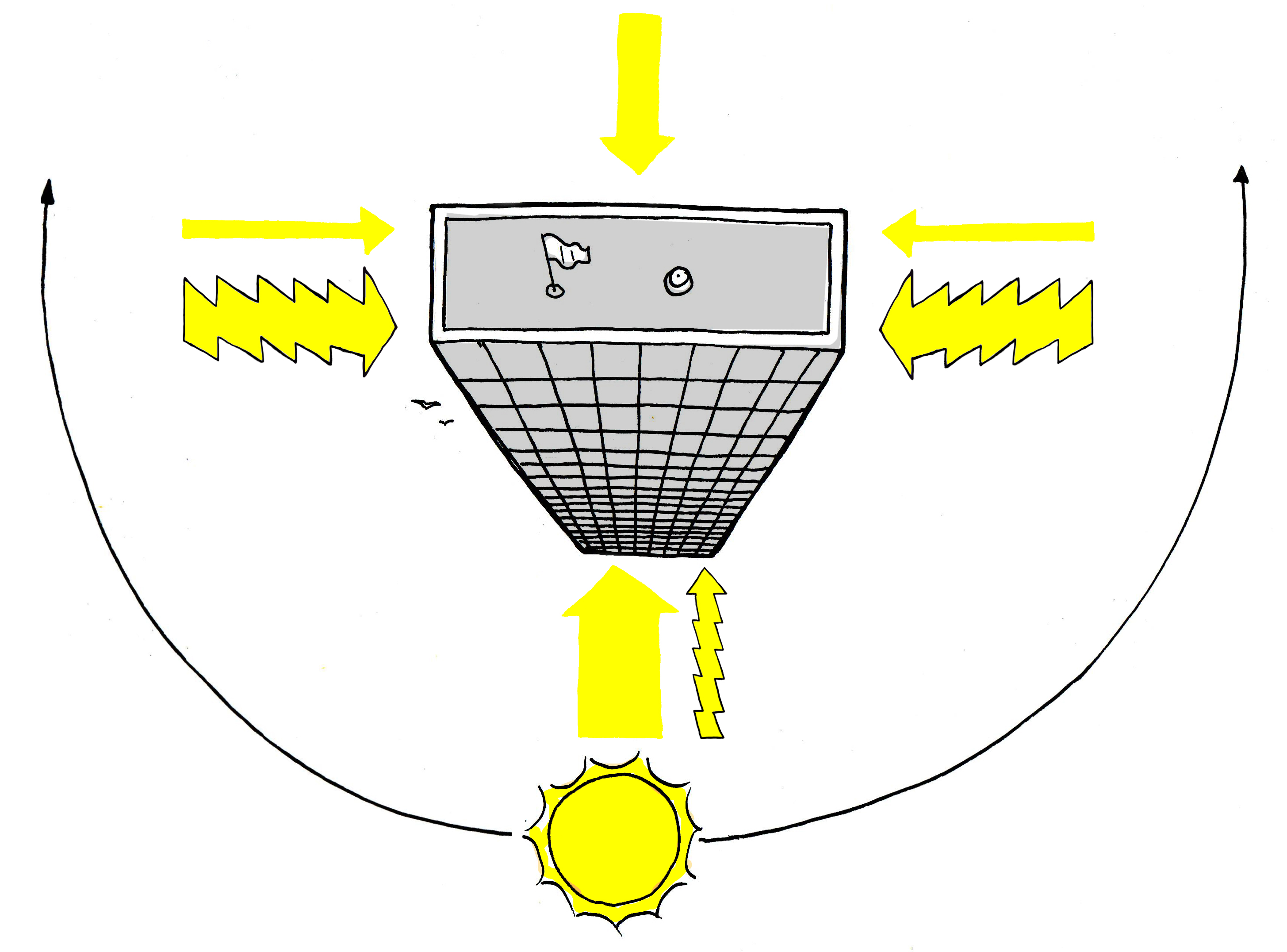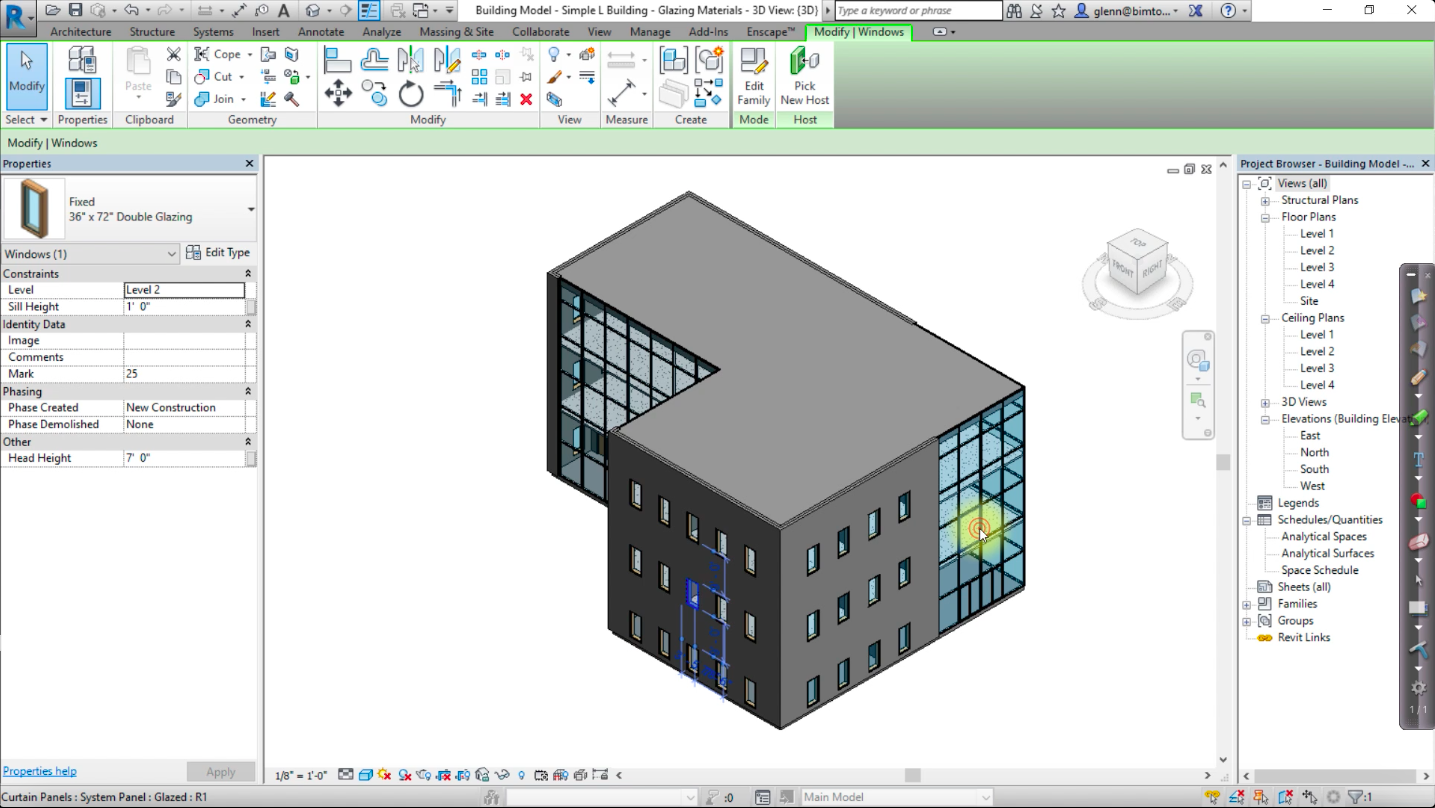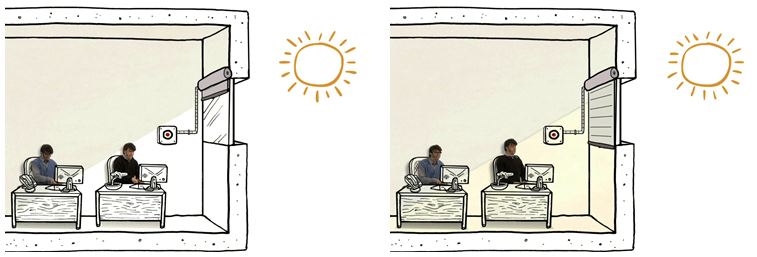daylighting
Software
Redirecting light is the use of building elements to bounce sunlight into more desirable locations in the building. Light shelves and baffles are two strategies that can distribute light more evenly.
The locations and size of apertures matter a great deal if you want to utilize natural light in your building. Evenly-distributed light is critical to good daylighting, so apertures that are evenly distributed are useful.
Using daylight in your building is a key strategy for passive design. Letting sun into your building impacts visual comfort, as well as thermal comfort. Learn design strategies to help you use daylight to meet as much of your lighting needs as possible.
The physical properties of the materials, coatings, and constructions that make up windows and skylights. Good glazing properties are important because they control the amount of daylight, quality of light, and amount of solar heat gain let into the building.
Lighting and daylighting controls are systems that adjust the amount of natural and artificial light in a room, based on its brightness, occupancy, and other factors.
Pages
Project Gallery Examples
Texas A&M University studied the glare and visual comfort of their solar decathlon house using simulation and physical measurements.




